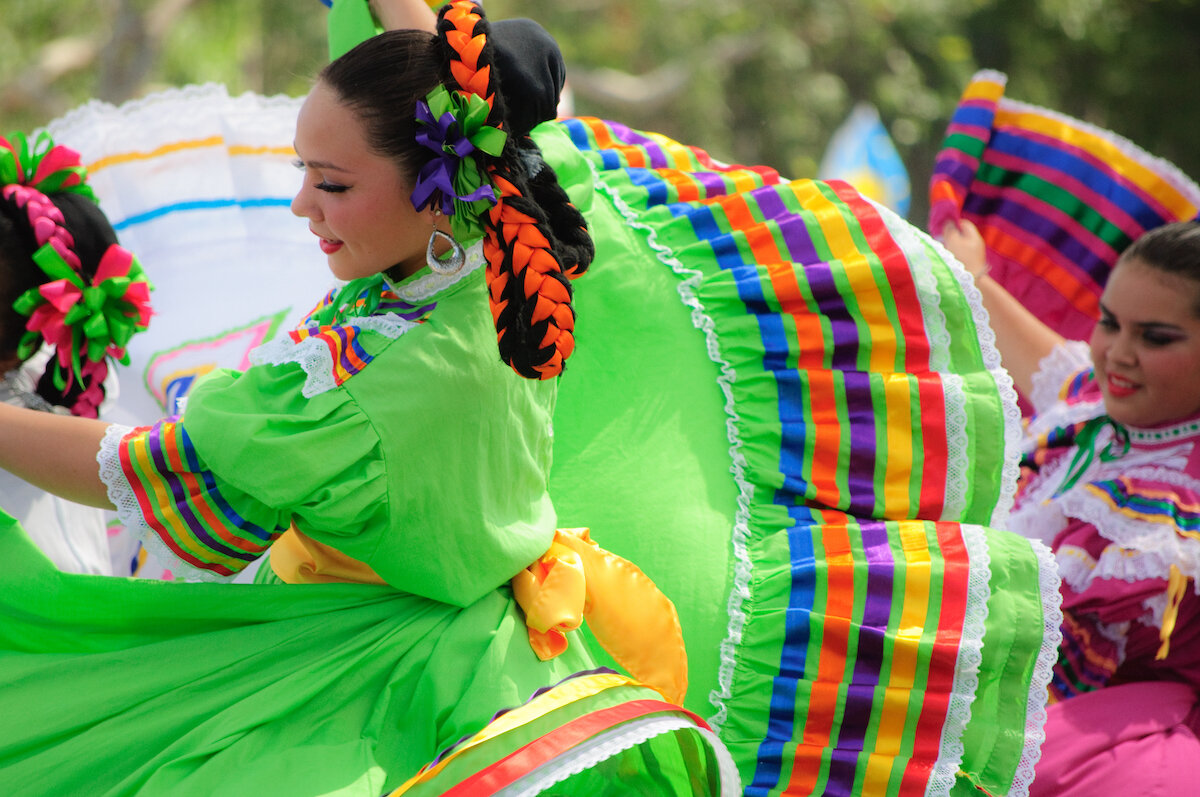Motor Pathways: nerve ("tracts") through which impulses are conducted from a nerve center toward a peripheral site. Such impulses are conducted via "efferent neurons" such as “motor neurons…” (MeSH) (Movement) commands are controlled by the motor system, an elaborate set of neural… pathways that begin in the cortex, extend down the spinal cord, and radiate out to every inch of the body. (Kandel4, 158)
In general, fibers (in motor pathways) (connect) in the “gray matter” that is in close proximity to their position in the “white matter.” (Patestas, 185) “Upper motor neurons” form “synapses” with “lower motor neurons.” The “axons” of lower motor neurons project out of the central system via the “spinal roots” or via the “cranial nerves” to finally reach “muscle” cells in the periphery. (Blumenfeld, 33)
Corticonuclear Tract: consists of fibers derived from the "primary motor cortex," the "premotor cortex," and the “somatosensory cortex.” Accompanies the "corticospinal tract" descending in tandem and diverges to terminate in their target nuclei in the "brainstem." Some of the fibers synapse directly with “motor neurons,” but the majority synapse with “interneurons.” Affect the motor nuclei of the cranial nerves. (Involved in) controlling eye movements, innervating the muscles of facial expression, innervating the tongue musculature, and innervating the 'trapezius' and other muscles. (Patestas, 181-182) Also referred to as ‘corticobulbar tract.’
Corticospinal Tract: begins in the primary motor cortex, where neuron "cell bodies" project via axons down through the cerebral white matter and brain stem to reach the “spinal cord.” The majority of fibers in the tract cross over to control movement of the opposite side of the body. This crossing over, occurs at the junction between the “medulla” and the spinal cord. (Blumenfeld, 32) Axons descend to (link) in the spinal cord gray matter with interneurons, which in turn (link) with (motor neurons) which innervate skeletal muscle fibers or muscle stretch "receptors." (Patestas, 176)
Corticotectal Tract: fibers arise from the visual association areas and descend to terminate in nuclei where they influence vertical, (rotating), and smooth pursuit eye movements. (Patestas, 183)
Lateral Reticulospinal Tract: fibers terminate at all spinal cord levels where they (link) mainly with interneurons. Have an "inhibitory" effect on ‘extensors’ and an excitatory affect on ‘flexors.’ Also relays "autonomic" input to the “sympathetic” and “parasympathetic” neurons of the spinal cord, which mediate autonomic functions such as "pupil dilation," "heart rate" modulation, and sweating. (Patestas, 184)
Medial Reticulospinal Tract: fibers descend in the spinal cord, terminate, and (link) with spinal cord interneurons. Stimulate ‘extensor muscle’ and inhibit ‘flexor muscle’ movements. (Patestas, 184)
Medial Vestibulospinal Tract: fibers descend in the brainstem and then in the spinal cord and (link) with interneurons. (Involved in) mediating head movement while maintaining gaze fixation on an object. (Patestas, 185)
Rubrobulbar Tract: fibers descend in the brainstem where they establish synapses with lower motoneurons innervating the muscles of the upper half of the face. (Patestas, 183)
Rubrospinal Tract: fibers terminate in the spinal cord where they synapse (link) with interneurons. Function in controlling the movement of the hand and digits. (Patestas, 183-184)
Tectospinal Tract: fibers descend to the medulla, and continue their descent to the spinal cord where they (link) with interneurons. Involved in the mediation of reflex movements of the eyes and regions of the trunk elicited by visual, auditory, and vestibular stimuli. (Patestas, 183)
